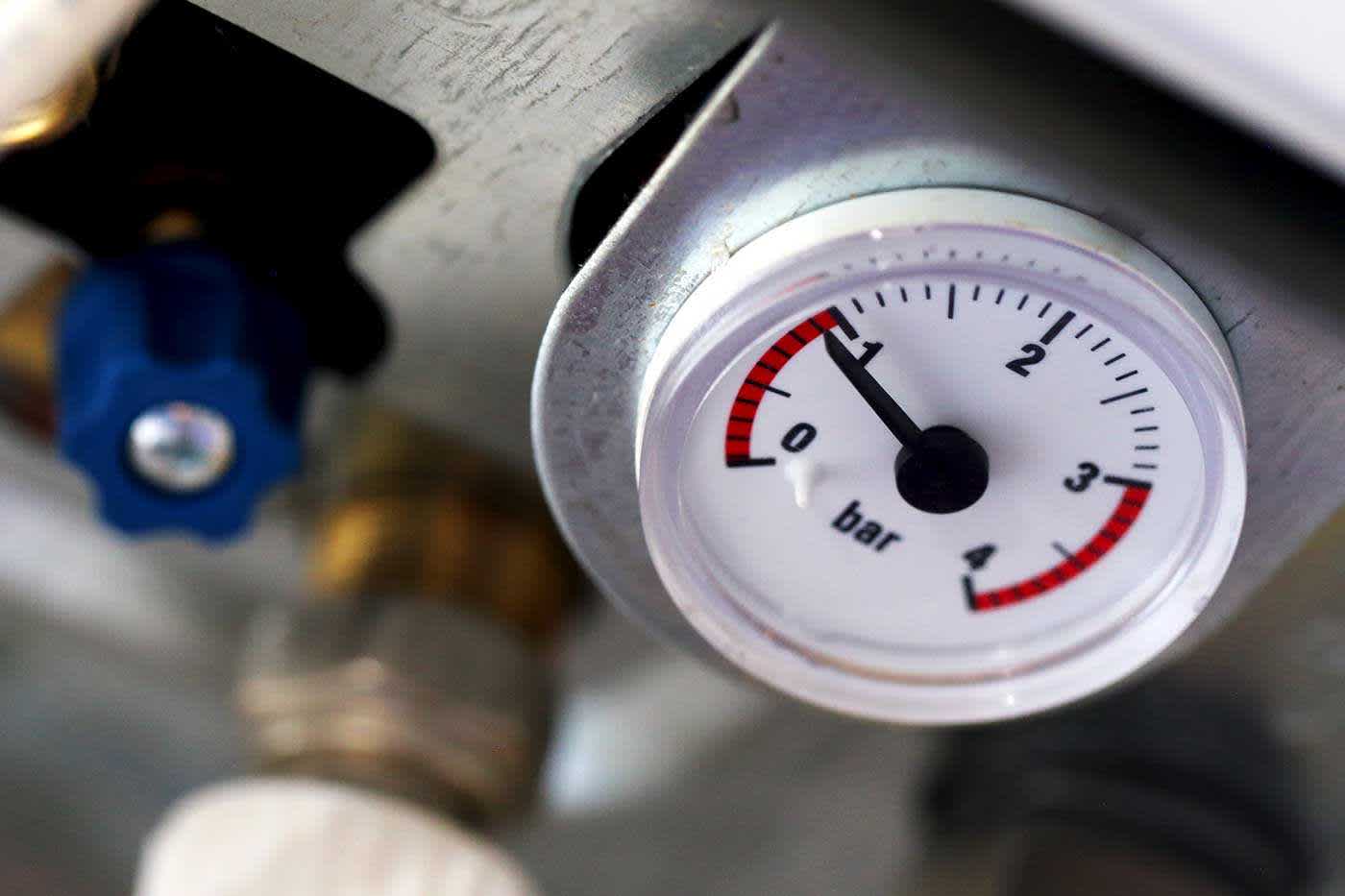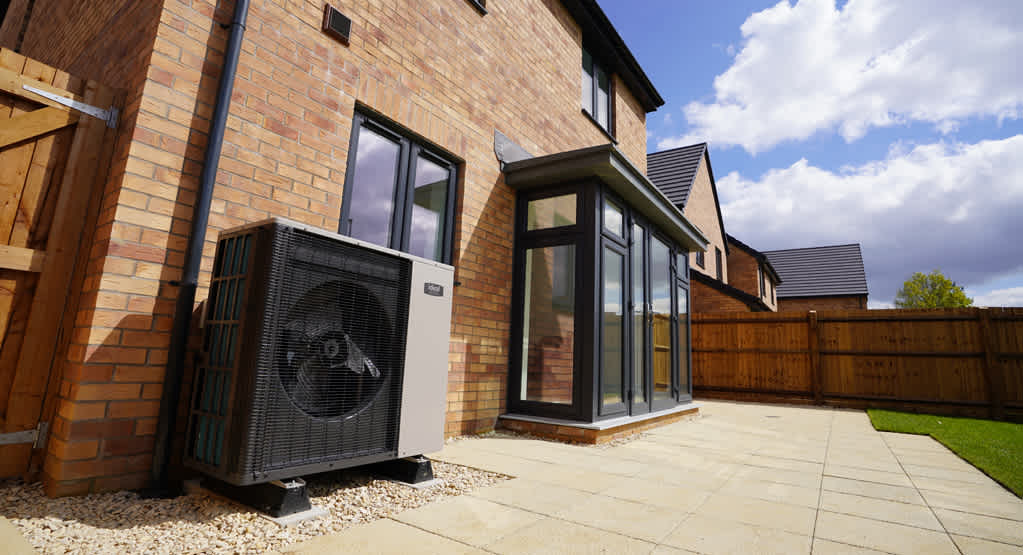
How to defrost frozen condensate pipes
When your boiler stops working during a cold spell, a frozen boiler condensate pipe is a very common cause. This issue can be frustrating, but it is often straightforward to resolve and, crucially, simple to prevent. As we head into the winter months, understanding this key component of your central heating system is essential for ensuring your home remains warm and comfortable.
This guide will explain what a condensate pipe does, how to fix it if it freezes safely, and the professional steps you can take to prevent it from happening again.
What is a boiler condensate pipe?
All modern high-efficiency boilers, including the Ideal Heating boiler range, are condensing boilers. As they burn fuel to generate heat, they also produce a small amount of acidic water vapour, known as condensate. This wastewater needs to be safely drained away from the property.
The boiler condensate pipe is a small, usually white or grey plastic pipe that performs this function. It runs from the boiler to a suitable drainage point, such as an external drain. While your boiler is operating, it can produce two to three litres of this condensate every hour, so a clear and functioning pipe is essential for the system to work correctly.
How to defrost a condensate pipe safely
If you have identified a frozen pipe safely accessible from ground level, you can usually defrost it yourself. This common issue can be resolved by following these precise steps.
A frozen condensate pipe is a relatively common problem when temperatures drop below freezing, and can be easily resolved if you follow these simple steps:
Locate your condensate pipe, which runs from the bottom of your boiler. It’s usually a white or grey plastic pipe that runs part of its length through the wall and outside the property.
Remove any insulation that is fitted to the pipework.
Hold a hot water bottle or microwavable heat pad around the pipe work.
You could also pour tepid water over any frozen section of the pipe. It’s important that you don’t use boiling water, as this may crack the pipe.
To help prevent any further freezing, refit the insulation sleeves onto your pipe.
Once you have cleared the blockage from the condensate pipe, press the restart button on your boiler.
Please take care if your condensate pipe is not easily reached from ground level, and do not put yourself at any undue risk. If you have any doubts or concerns, seek assistance from a Gas Safe engineer. It’s also important to be careful when pouring water onto a path or walkway, as this may freeze and cause a slip hazard.
For a visual guide, here’s a video that shows how to defrost a frozen condensate pipe:
How to stop a condensate pipe freezing
While defrosting the pipe is a useful fix, prevention is the best long-term solution. A correctly installed and protected pipe should not freeze in a typical UK Winter.
The most effective way to prevent freezing is to insulate the pipe. The external run of your boiler condensate pipe should be protected with high-quality, waterproof foam pipe insulation. This shields it from the worst of the cold air and helps to prevent ice from forming.
During your boiler's annual service, a professional engineer can inspect the condensate pipe's installation. They will check that it has a sufficient fall, is routed correctly, and has the appropriate insulation. For new installations, industry best practice is to use a larger diameter pipe for any external runs to make it more difficult for a blockage to form. Taking these preventative measures is the most reliable way to ensure your heating remains unaffected by cold weather.
If the fault persists, please contact us through our contact us page, or call us on 01482 498660.
Bookmark our Ideal Heating blog for more boiler-related advice, expert tips, and the latest posts.














